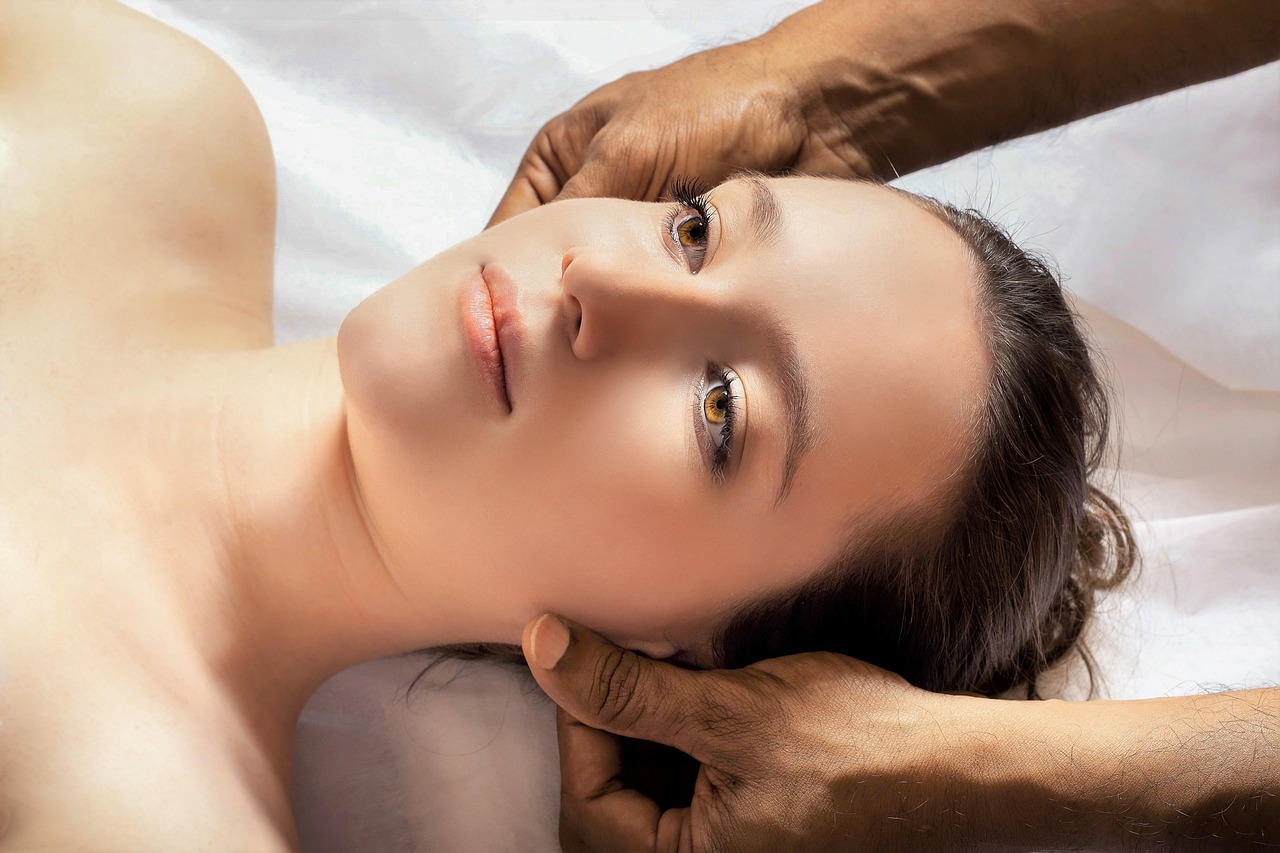I like tools that fit in a pocket. These five take a minute or less, no mat, no special app, and you can do them in jeans with a coffee going cold on the counter. Try one. If it helps, keep it.
First, what we’re calming
Your vagus nerve is part of the body’s “rest-and-digest” wiring. When it’s getting decent signals, your heart rate eases, breath loosens, and your brain stops sending those “everything is urgent” emails. That’s all we’re chasing—more parasympathetic time in a normal day.
1) Long Exhale at Red Lights
How: Inhale gently through the nose for 2–3 counts. Exhale through the nose or pursed lips for 4–6 counts. Repeat while you wait.
Why it works: The longer out-breath nudges heart rate down and tells your body the scene is safe.
Where to use it: Traffic, kettles boiling, browser loading.
Make it stick: Pick one cue (every time you touch a door handle, one long exhale).
2) Coffee Hum (30–60 seconds)
How: Hum a single comfortable note while you make tea or coffee. Feel the buzz in your throat, lips, and face.
Why it works: Gentle vibration stimulates areas innervated near the vagus pathway and lengthens the exhale without you thinking about it.
Where to use it: Morning kitchen shuffle, between emails.
Make it stick: Keep it small and private. This isn’t choir; it’s a dial-down.
3) Cold Splash, Not an Ice Bath
How: Run cool water over your wrists and forearms for 20–30 seconds, or splash cool water on your face.
Why it works: Brief cold on the face/forearms taps a built-in “dive” reflex that softens heart rate and steadies breath.
Where to use it: Mid-afternoon slump, pre-meeting jitters.
Make it stick: End your regular hand wash with 5 seconds of cool. That’s it.
4) Ear + SCM Mini-Massage (1–2 minutes)
How:
- Ears: With light pressure, rub the outer rim of each ear between thumb and index finger from top to lobe; then trace small circles behind the ear where soft tissue meets bone.
- SCM: Turn your head slightly left; the ropey muscle on the right front/side of your neck pops up (that’s the SCM). Pinch-and-glide it very gently between two fingers from just below the ear down an inch or two. Repeat other side.
Why it works: These areas are rich with nerves and fascial connections. Light touch signals safety to the system.
Where to use it: Before calls, after scrolling, when jaw/neck feel “up around your ears.”
Make it stick: Pair with a single long exhale every third stroke.
5) 3-2-1 Sense Check (under a minute)
How:
- 3 things you can see (name them quietly).
- 2 things you can feel (shirt on shoulder, feet in socks).
- 1 sound you can hear.
Why it works: Shifts attention out of the thought spiral into present sensory input; the nervous system loves orientation.
Where to use it: When your brain opens 14 tabs at once.
Make it stick: Keep a sticky note on your desk with “3-2-1.”
How to use these without thinking about them
- Anchor to routines. Tie one reset to something you already do: kettle on = exhale; coffee = hum; hand wash = cold finish; headphones on = ear rub; new tab = 3-2-1.
- One per day. Don’t collect them; pick the one that felt easiest today and do it twice tomorrow.
- Count less, feel more. If numbers stress you, switch to “soft in / slow out.” It still works.
When not to push through
Skip or soften if you feel dizzy, get a sudden headache, or have an active condition that’s triggered by breath or cold. If anything feels off, stop. These are dials, not tests.
Try-it-now (90 seconds)
- Sit back. Drop your shoulders.
- Inhale gently through the nose; slow exhale for double the time.
- Hum for two breaths.
- Run cool water over your wrists for 10 seconds.
- Name one thing you can see. Done.
If your jaw unclenched even a little, that’s your proof. Keep the one that worked and tape it to your day.

